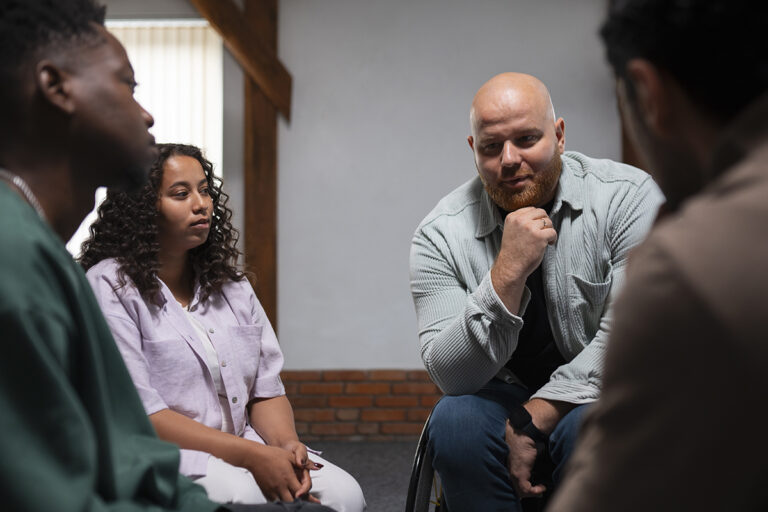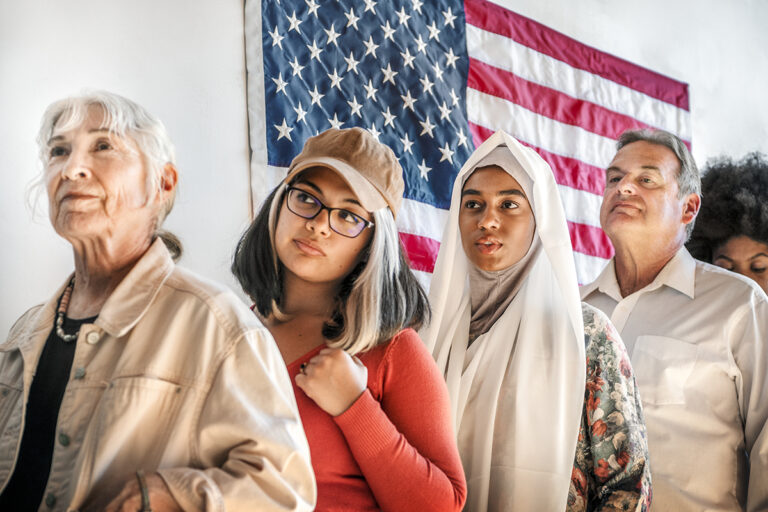How to Participate in Community Life in the U.S.: A Guide for Immigrants
Community engagement is one of the most meaningful ways for immigrants to feel at home in their new country. Participating in local events, volunteering, attending meetings, or joining organizations helps you build connections, understand your surroundings, and contribute to the community’s well-being. In the United States, civic participation is not only encouraged—it’s a key part of the culture. This article offers guidance for immigrants on how to get involved in community life, overcome common barriers, and make a lasting impact.
1. Understand What Community Involvement Means
Community involvement includes a wide range of activities such as attending town hall meetings, joining a local parent-teacher association (PTA), volunteering for local nonprofits, participating in cultural or religious events, or helping out at community clean-up days. It’s about showing up, sharing your voice, and helping others.
2. Start with Your Local Resources
Libraries, community centers, and schools are great places to learn about local events and services. These institutions often post flyers, host events, or offer programs like ESL classes, citizenship workshops, or job fairs. Many also provide information in multiple languages and welcome immigrant participation.
3. Volunteer Your Time and Skills
Volunteering is one of the best ways to meet new people and give back to the community. Immigrants can volunteer at food banks, hospitals, schools, shelters, or community gardens. You don’t need to speak perfect English to make a difference. Helping others shows your commitment to your new home and builds trust and friendships.
4. Participate in Local Government and Civic Life
You don’t have to be a citizen to attend city council meetings or community forums. These events allow residents to voice concerns, ask questions, and learn how local government works. Some cities have immigrant advisory boards or welcome centers that promote immigrant inclusion. Showing up and sharing your perspective helps shape policies that affect your life.
5. Connect with Cultural and Faith-Based Organizations
Ethnic associations, immigrant-led nonprofits, and religious institutions often serve as anchors for new arrivals. They offer support, language assistance, and a place to celebrate traditions. Getting involved in these groups can help ease the transition, preserve your cultural identity, and support others going through similar experiences.
6. Get to Know Your Neighbors
Community begins at home. Introduce yourself to neighbors, attend block parties, or participate in neighborhood associations. A simple conversation can open the door to new friendships and support networks. In times of need—whether it’s borrowing a tool or finding emergency help—neighbors who know each other are more likely to offer assistance.
7. Join Clubs or Special Interest Groups
Most communities have clubs for hobbies like gardening, sports, art, music, or parenting. Joining a group that matches your interests can help you feel connected, improve your language skills, and reduce isolation. Ask at your library, local community center, or search online for local meetups and clubs.
Conclusion
Becoming involved in your local community helps you feel empowered, informed, and included. As an immigrant, your voice, talents, and experiences enrich your new neighborhood. By participating actively and consistently, you not only improve your own life—you strengthen the community as a whole. Community is not just where you live—it’s what you help create.




